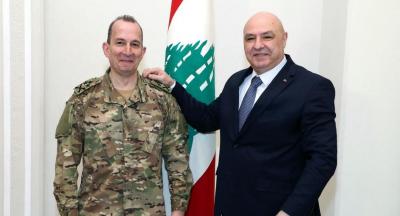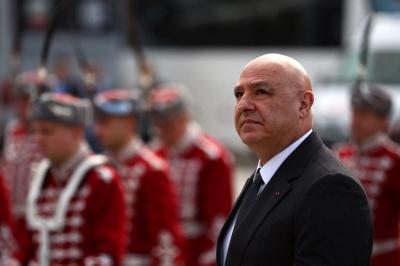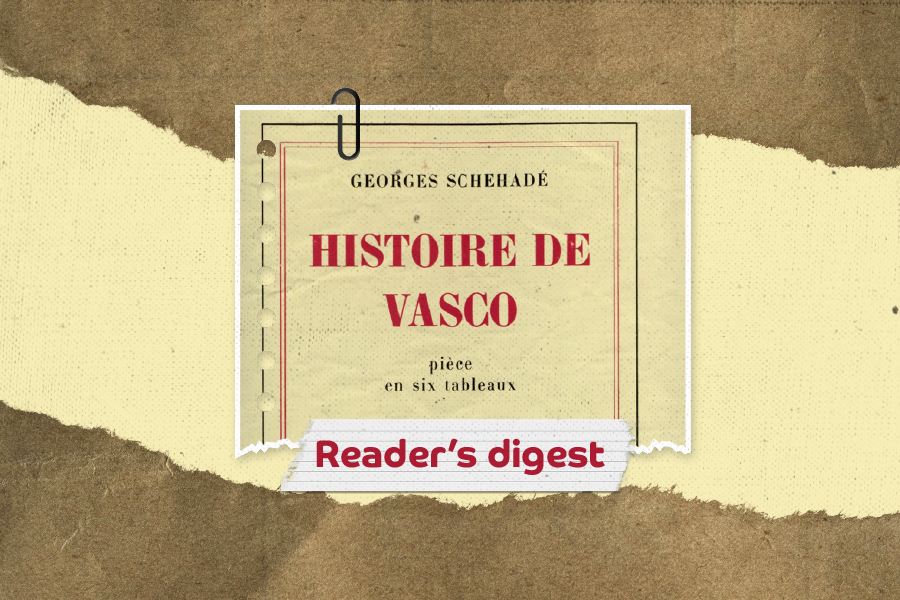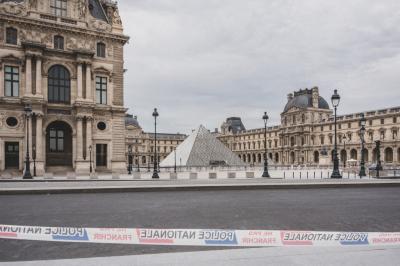The Story of Vasco is a six-scene play written by Lebanese playwright Georges Schehadé. The story is set around 1850 in a village called Sosso, located in an indeterminate region of South America, Germany, or Italy, during a time of war. The commander-in-chief, nicknamed the "General Watchtower," has unique ideas about courage and fear. He favors fearful people, believing that "they have a sense of nuance." It is in this context that Vasco, a young village barber, is chosen for a decisive military mission.
Scene 1: The General Watchtower
The General Watchtower, the commander-in-chief, expresses his preference for fearful individuals, believing they possess a particular sensitivity. He decides to entrust an important mission to Vasco, a young barber from the village of Sosso, whom he sees as the embodiment of this sensitivity.
Scene 2: Vasco in the Village
Vasco is a charming and pure young man, but also cunning. He dislikes war and prefers to live a peaceful life as a barber. However, he finds himself drawn into the war because of the mission assigned to him by the General Watchtower.
Scene 3: The Mission
Vasco is sent on a mission into enemy territory. He encounters absurd situations and strange characters, such as warriors disguised as women or chestnut trees. Despite his fear and dislike of war, Vasco shows courage and cleverness to complete his mission.
Scene 4: Poetry and Love
During his mission, Vasco encounters poetry, love, and death. He meets characters who inspire him and help him understand the beauty and tragedy of life. These experiences transform Vasco from a simple barber into a poet and a lover.
Scene 5: War and Death
Vasco witnesses the horrors of war and the death that surrounds him. He realizes the futility of violence and the fragility of human life. This awareness strengthens his resolve to continue his mission with dignity and humanity.
Scene 6: The Transformation of Vasco
By the end of the play, Vasco is transformed by his experiences. He has become a poet, a lover, and a hero, having found meaning in life beyond war and violence. His transformation symbolizes the possibility of redemption and beauty, even in the darkest of circumstances.
The Story of Vasco is a major theatrical work that, through its unique blend of poetry, humor, and social critique, offers a profound reflection on war, art, and the human condition. Through the character of Vasco, Schehadé invites the audience to consider the possibility of transformation and redemption, even in the darkest moments of history.
Please post your comments on:
[email protected]
 Politics
Politics












